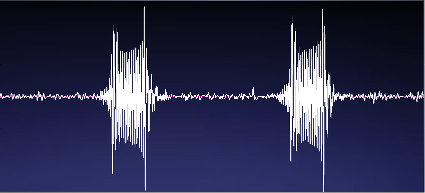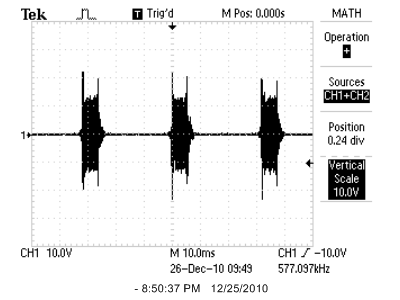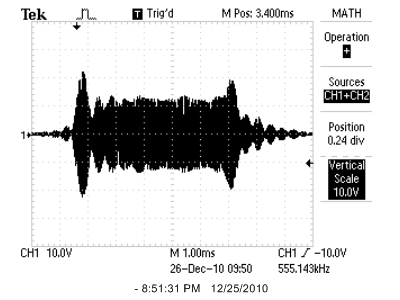Material on this web site
copyright
© 1995-2013, TelePost, Inc. All rights reserved.
Pricing and specifications subject to change without notice.
Back
to Home
Issues related to using
a digital wattmeter when tuning with a pulser
It has come to our attention from a
few users that it is difficult to get a steady reading when using
certain pulser devices, or "peckers", for tuning. There are several
reasons
for
this.
Generically speaking, pulsers are free running oscillators which
generate a square wave at about a 33% duty cycle to allow an amplifier
to be tuned for peak power while mainatining a lower average power.
This is a bit at odds with the way digital wattmeters work, since they
take a momentary snap shot of the power (ie, sample) at regular
intervals, which most likely are not in sync with the pulser
intervals. This problem is minimized somewhat because the meter
sampling rate is more
than twice that of the pulses. However, the sampling window is still
drifing
relative to the pulses, which means that samples will vary in level
unless the pulses are identical.
Unfortunately, in my testing I found that this is not the case. Two
popular "peckers" that I have tested show very high
spikes on the leading and trailing edges of the pulses. See scope
pictures below.



The top picture is from brand "A",
and the bottom two are from brand "B". The bottom
right picture was taken at a faster sweep to show more detail. In both
cases there is a large amount of overshoot, almost 100%. Double the
voltage translates into four times the power, plus the levels between
the spikes also vary. It's no wonder that each sample taken by a
digital meter will display a different power level, and sometimes a
VERY different power level.
What is the solution? Try sending dits from your keyer at high speed.
Most transceivers send clean square waves with just a little shaping at
the ends... but no overshoot. Still not perfectly square, but much
closer. You can also just send a couple dits, make an adjustment, send
another couple, adjust again, etc. The LP-100A will display full power
from just a dit. Most people can fine tune an amp
with a taps on the paddle, and it's easier on the amp than a
pulser.
Another solution is to keep an old analog meter in line. The ballistics
(inertia) of the analog meter smooths out the spikes of the pulser.
This allows you to maintain the best features of the LP-100A (accurate
peak power and SWR display at all times, fast SWR alarm protection for
your amp,
R+jX
display, etc.)
The ultimate solution might be a new option for the LP-100A that's in
the works. The current LP-100A
has a pair of analog outputs on the PCB, one for power and one for SWR, which are designed to feed an analog
meter movement. These outputs are generated by two D/A converters and
scaled
for 0-5VDC. We showed a version of the LP-100A with a smallish built-in
panel meter at Dayton a few years ago, but there was little interest.
I suspect that the lack of interest was due in part to the small size
of the movement. We are now looking at a larger external matching
analog meter which
would plug into the LP-100A to add an analog display. This would be
usable with any LP-100A.

